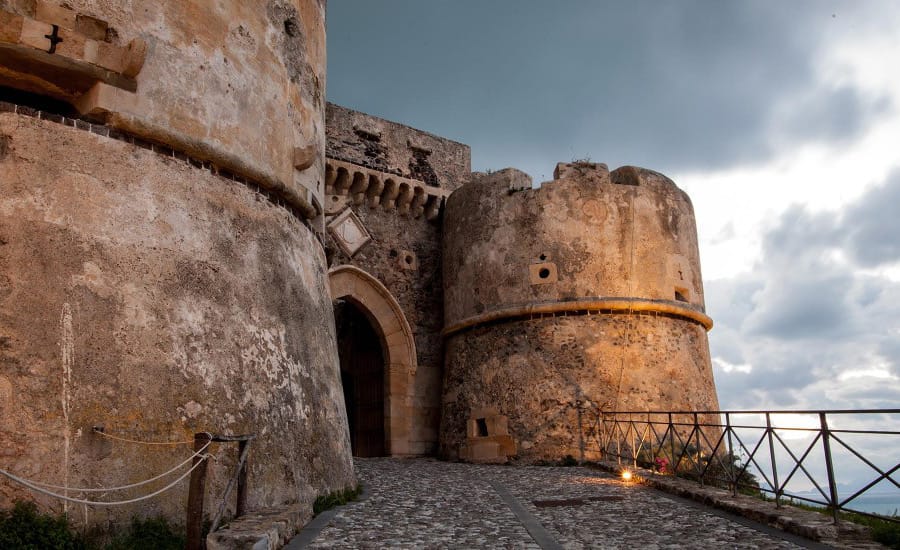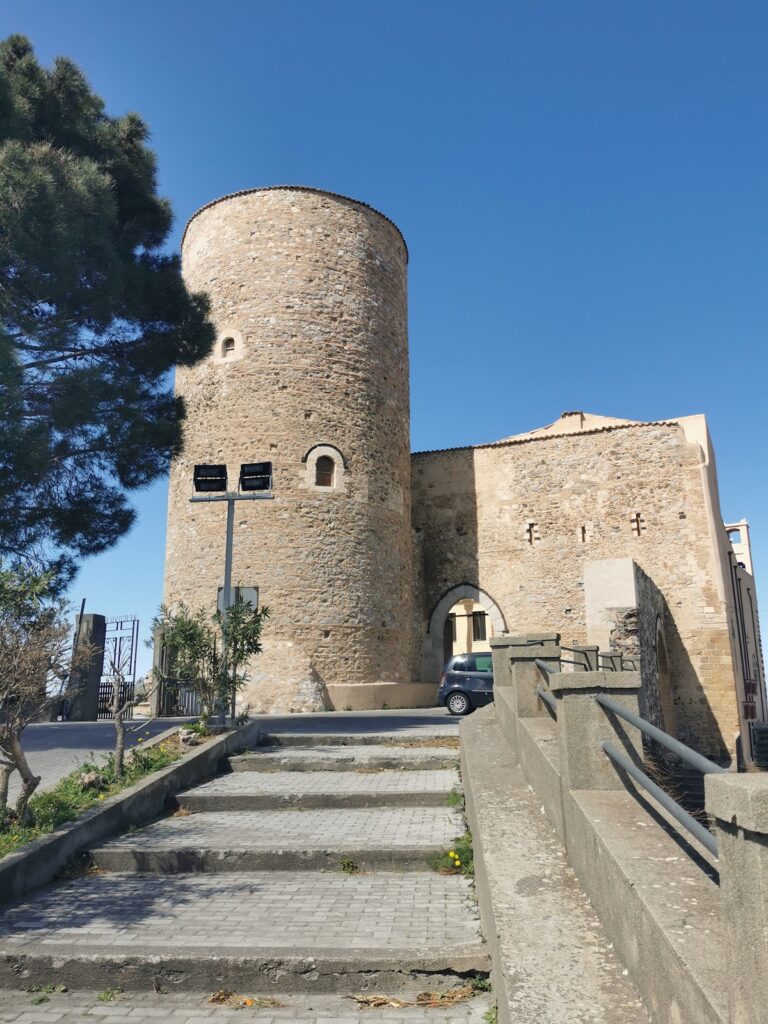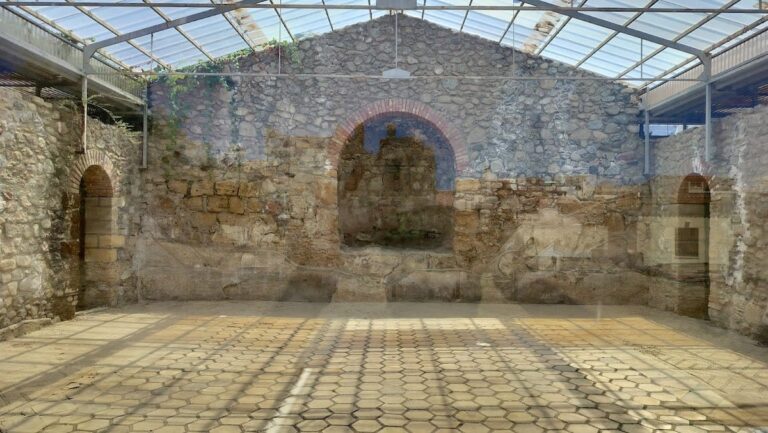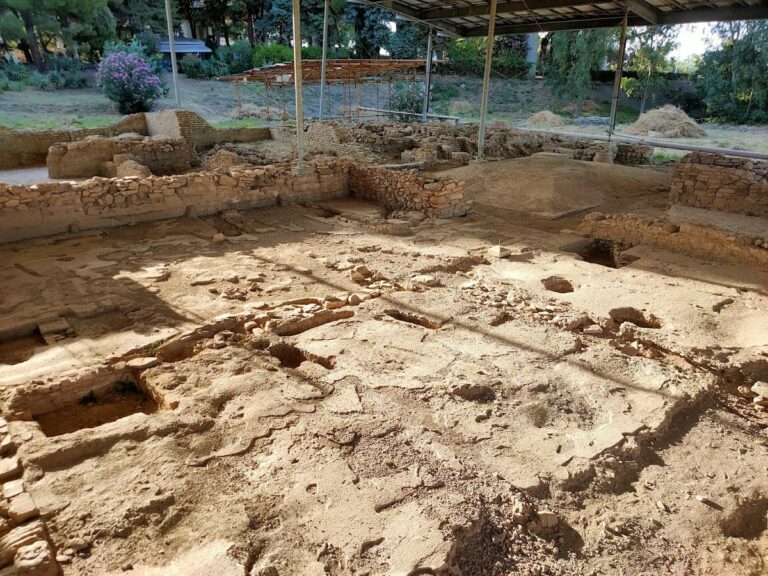Castello di Milazzo: A Historic Fortress in Sicily
Visitor Information
Google Rating: 4.5
Popularity: Medium
Google Maps: View on Google Maps
Official Website: www.comune.milazzo.me.it
Country: Italy
Civilization: Medieval European
Remains: Military
History
The Castello di Milazzo stands on the southern peak of the Milazzo peninsula in Sicily. Its origins trace back to around 4000 BC during the Neolithic era, as shown by a nearby necropolis and remains of prehistoric settlements. This early human presence laid the foundation for the site’s long history of occupation and fortification.
In the 8th and 7th centuries BC, Greek settlers established an acropolis and trading post, or emporion, on the site. This period marked the first significant urban development, with the fortress serving as a center for commerce and defense. Later, from the 7th century BC through the 5th century AD, the Romans and Byzantines used the location as a castrum, a fortified military camp, maintaining its strategic importance.
The Arab conquest between 829 and 1062 introduced new fortifications, including a mastio or keep, reflecting Islamic architectural styles. This early fortress formed the core of later medieval constructions. Following the Arab period, the Normans built the donjon and the Parliament Hall during the 11th and 12th centuries, adding significant stone structures that remain central to the castle.
In the 13th century, under Swabian rule, the castle saw additions such as a Gothic ogival portal. The 14th century brought Aragonese enhancements, including new walls and bastions that expanded the defensive perimeter. Between 1529 and 1575, Spanish rulers transformed the castle into a large citadel by adding extensive bastioned fortifications designed to resist artillery attacks.
Throughout its history, the castle played a key military and administrative role. In 1295, it hosted a session of the Sicilian Parliament under King Frederick III. It withstood sieges during the Wars of the Sicilian Vespers and later conflicts involving Angevin and Spanish forces. In 1713, Austro-Piedmontese troops used it as a base, and during the Napoleonic Wars (1805–1815), it served as an English stronghold.
The castle was the last Bourbon stronghold in Sicily before Giuseppe Garibaldi’s conquest in 1860. Visible cannonball marks from this battle remain on the walls. In 1880, the fortress was converted into a judicial prison. It housed political prisoners during the Fascist era and served as a prisoner-of-war camp during World War I. The prison closed in 1960, after which the castle fell into neglect until restoration efforts began in the 1990s.
Remains
The Castello di Milazzo covers about seven hectares, making it Sicily’s largest fortified citadel. Its layout consists of multiple concentric defensive walls descending from the summit, reflecting architectural styles from prehistoric times through the Spanish period. The fortress is built mainly from local stone, with decorative lava stone inlays visible in some sections.
The oldest surviving structure is the Saracen Tower, possibly dating to the Norman period, surrounded by Swabian walls featuring square towers. The Aragonese Wall from the 14th century encircles this core, marked by semi-circular bastions and decorated with heraldic motifs, including the Crown of Aragon’s coat of arms.
The outermost defenses are the Spanish Walls, constructed in the 16th century. These include polygonal and bastioned fortifications such as the Bastione di Santa Maria, which incorporates remains of the demolished 1527 church of Santa Maria. The Bastione delle Isole is an arrow-shaped bastion equipped with countermines. Additional ravelins and outworks were added in the 17th century to strengthen the fortress.
The donjon, or keep, contains the Torre Normanna and the Torrione del Parafulmine. The main upper building houses the Sala del Parlamento, a large hall with oriental-style arches, monofore (single-light) windows, monumental portals, and a large fireplace. This hall was the site of the 1295 Sicilian Parliament session.
Defensive features include five robust cylindrical towers with truncated conical bases, known as scarpa, merloned walls, galleries, powder magazines, and drawbridges. Some towers, like the Torrione della Cisterna, were later adapted for water storage. The fortress has several gates, including the ogival Swabian portal decorated with lava stone and stylized bulls, and the Porta Ferrata, which features a portcullis.
Within the walls lie civil and religious buildings such as the Old Duomo, built in 1607, a Benedictine convent, the ruins of the Palazzo dei Giurati, and remains of churches including Santa Maria and San Francesco di Paola. The fortress also contains underground cisterns, galleries, and a network of defensive outworks like rivellini (half-moon shaped fortifications), batteries, and small forts such as Fortino di Porta Palermo and Fortino Lionti.
The terrain slopes southeast toward the town and harbor, while natural cliffs protect the northwest side. The fortress preserves visible cannonball impacts from the 1860 battle during Garibaldi’s conquest. Since 2019, the former church of Santa Maria within the Bastione di Santa Maria houses the MuMa (Museum of the Sea), featuring a whale skeleton and serving as a cultural and environmental center.










